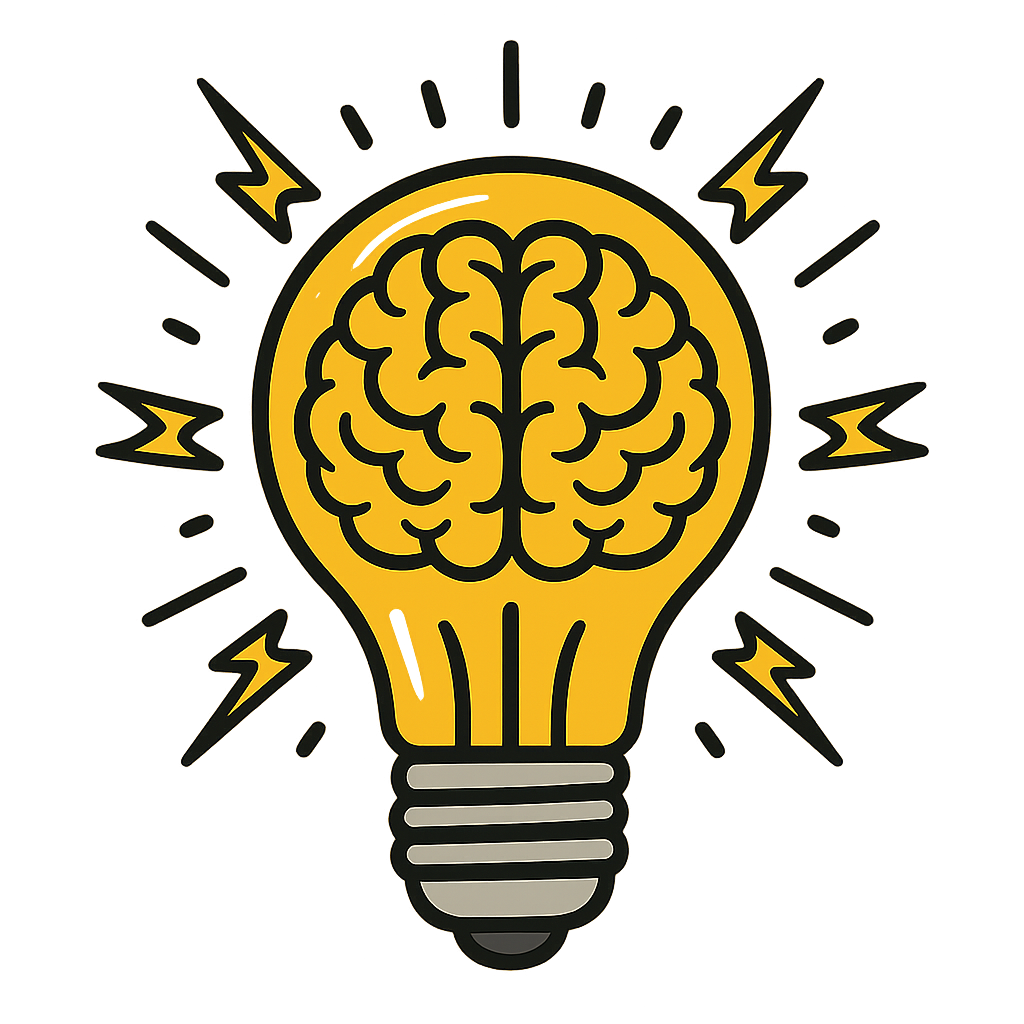🧠 Why R.E.A.L. Works
The Science of Attention Meets the Art of Teaching
🚨 The Problem: A Generation in Cognitive Crisis
Our students aren’t just distracted—they’re depleted.
Years of exposure to dopamine-hijacking tech, attention-fragmenting platforms, and overstimulating environments have left students struggling to focus, persist, and connect.
We are seeing the neurological effects of what researchers call the Four Pillars of Harm:
- Social Deprivation
- Sleep Deprivation
- Attention Fragmentation
- Dopamine Dysregulation
These aren’t just buzzwords—they’re brain-based realities. And they’re showing up in our classrooms every day.
✅ The Solution: A Framework Designed for the Post-Distraction Era
The R.E.A.L. Framework isn’t just a strategy—it’s a system for restoring the conditions the brain needs to learn.
It integrates the latest insights from:
- Neuroscience and executive function research
- Motivation science (MAPS: Meaning, Anticipation, Progress, Social Reward)
- Trauma-informed and equity-centered pedagogy
- AI-era learning design
And it’s structured around four brain-aligned phases that match how students actually engage, think, and remember.
🔄 The Four Phases of R.E.A.L.
| PHASE | WHAT IT DOES | WHY IT WORKS |
|---|---|---|
| R: Regulate | Calms the nervous system, creates readiness | Reduces cortisol, restores executive function, prepares the brain to learn |
| E: Engage | Captures attention through relevance | Activates the Reticular Activating System and dopamine-driven focus |
| A: Apply | Builds knowledge through challenge | Strengthens neural pathways through feedback and authentic application |
| L: Loop | Consolidates learning through reflection | Deepens memory and metacognition through retrieval, self-assessment, and pride |
🧭 Why It Matters Now
✔️ Calm Before Content
Students can’t think critically if they don’t feel safe or regulated. R.E.A.L. starts there.
✔️ Relevance Before Rigor
Engagement isn’t entertainment. It’s emotional connection, curiosity, and identity.
✔️ Progress Over Points
Learning requires visible growth, not just performance. R.E.A.L. emphasizes feedback over grading.
✔️ Belonging Over Behavior
Classroom culture isn’t a bonus—it’s the foundation. R.E.A.L. treats connection as curriculum.
📈 The Research Behind R.E.A.L.
- Attention spans are shrinking. Students recall only 22% of material presented in the second half of a traditional lecture.
(Kelley et al., 2016 – Spaced Learning Study) - Only 47% of high school students feel engaged in school.
(Gallup, 2023) - Curiosity, autonomy, and purpose drive long-term motivation.
(Ryan & Deci, 2000 – Self-Determination Theory) - Reflection and retrieval are essential for memory formation.
(Dunlosky et al., 2013 – Metacognition & Learning Techniques)
R.E.A.L. integrates all of this—into a practical, flexible framework teachers can use tomorrow.
💡 Bottom Line:
🟡 Phones aren’t the only thing draining attention.
🟡 Gamified ed tech won’t rebuild deep thinking.
🟢 R.E.A.L. is the roadmap to bring students back to focus, purpose, and learning that lasts.
